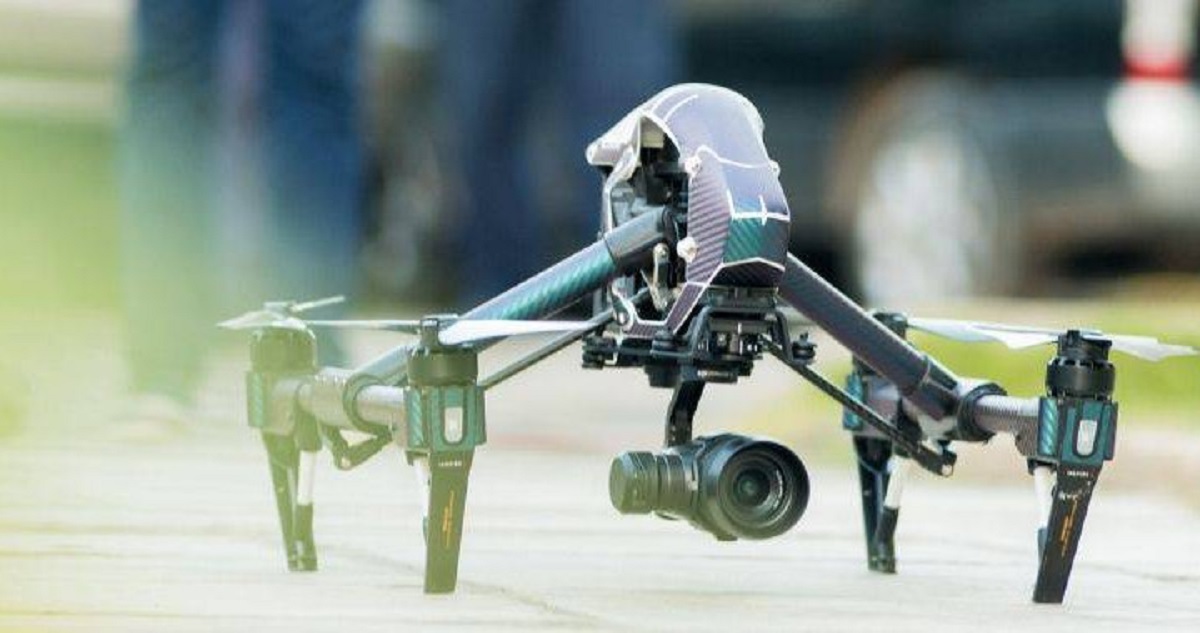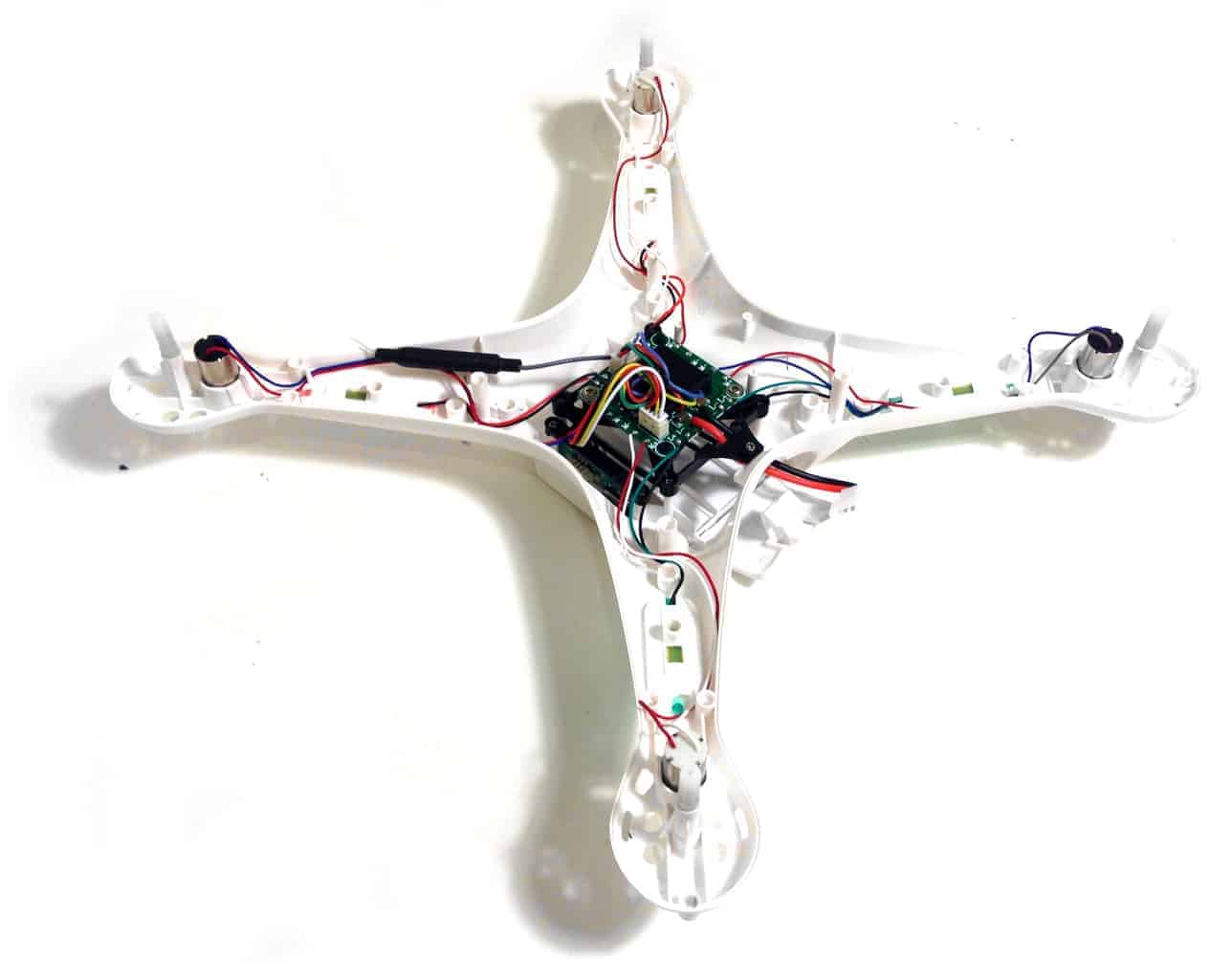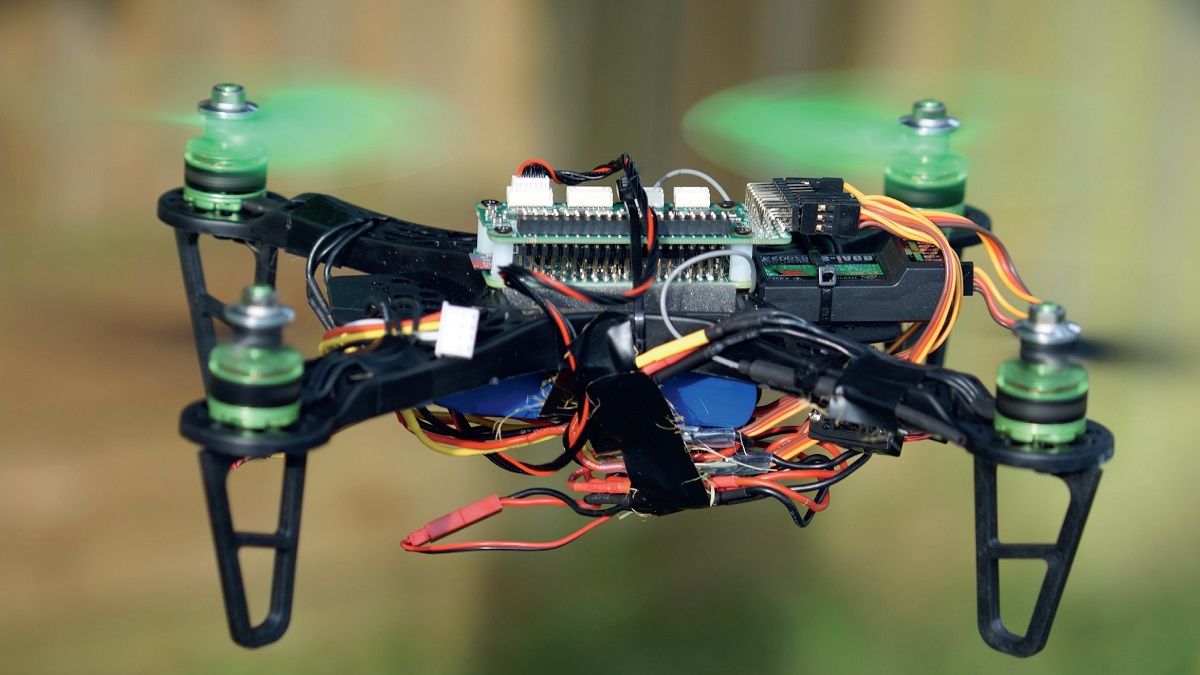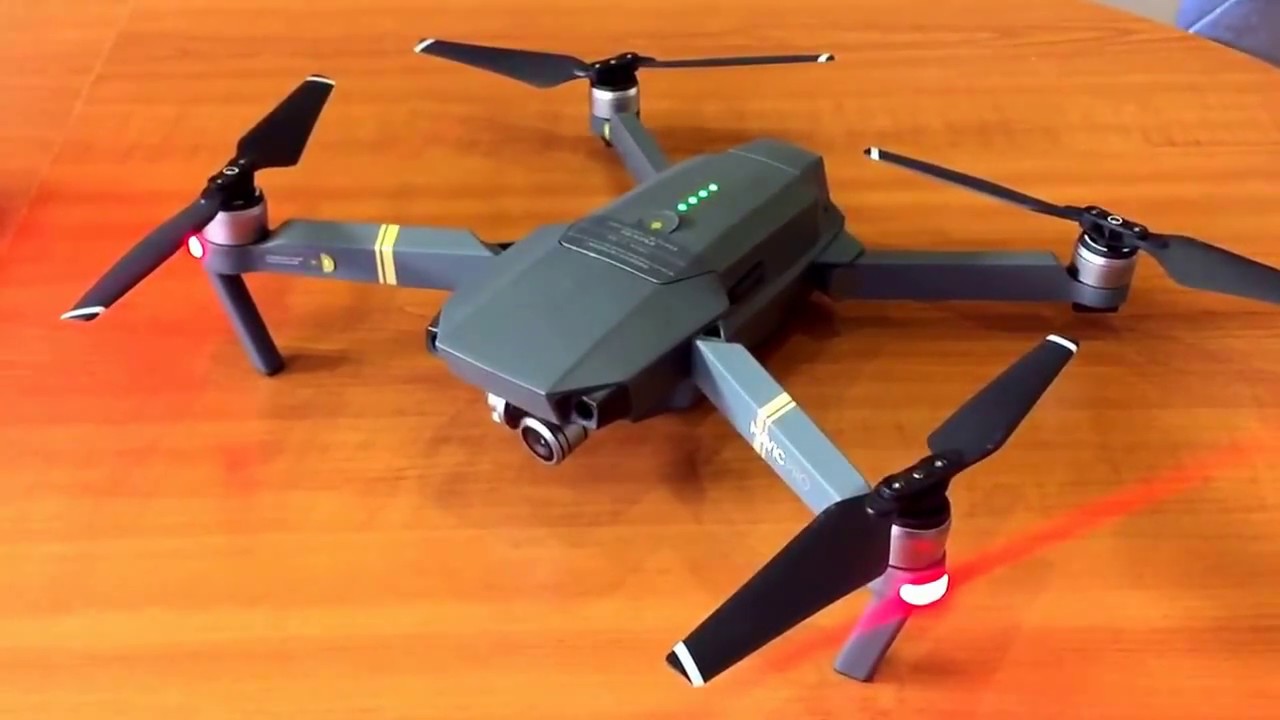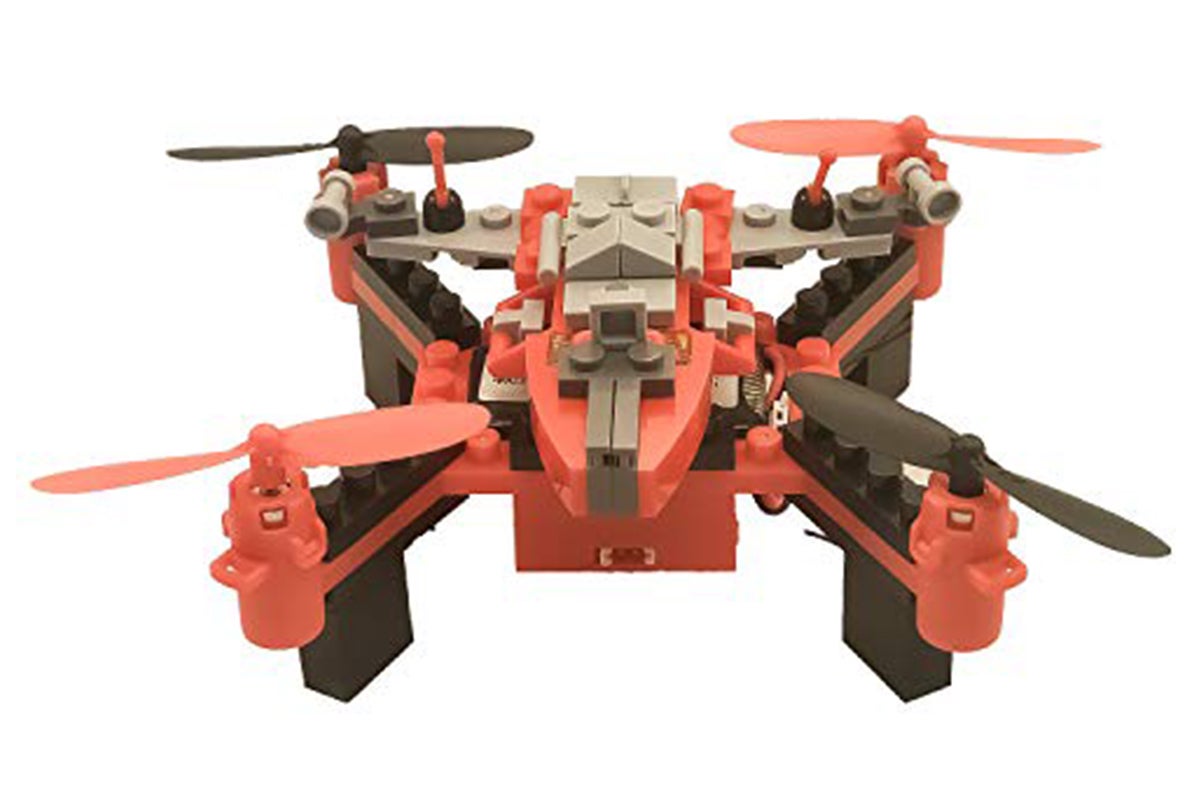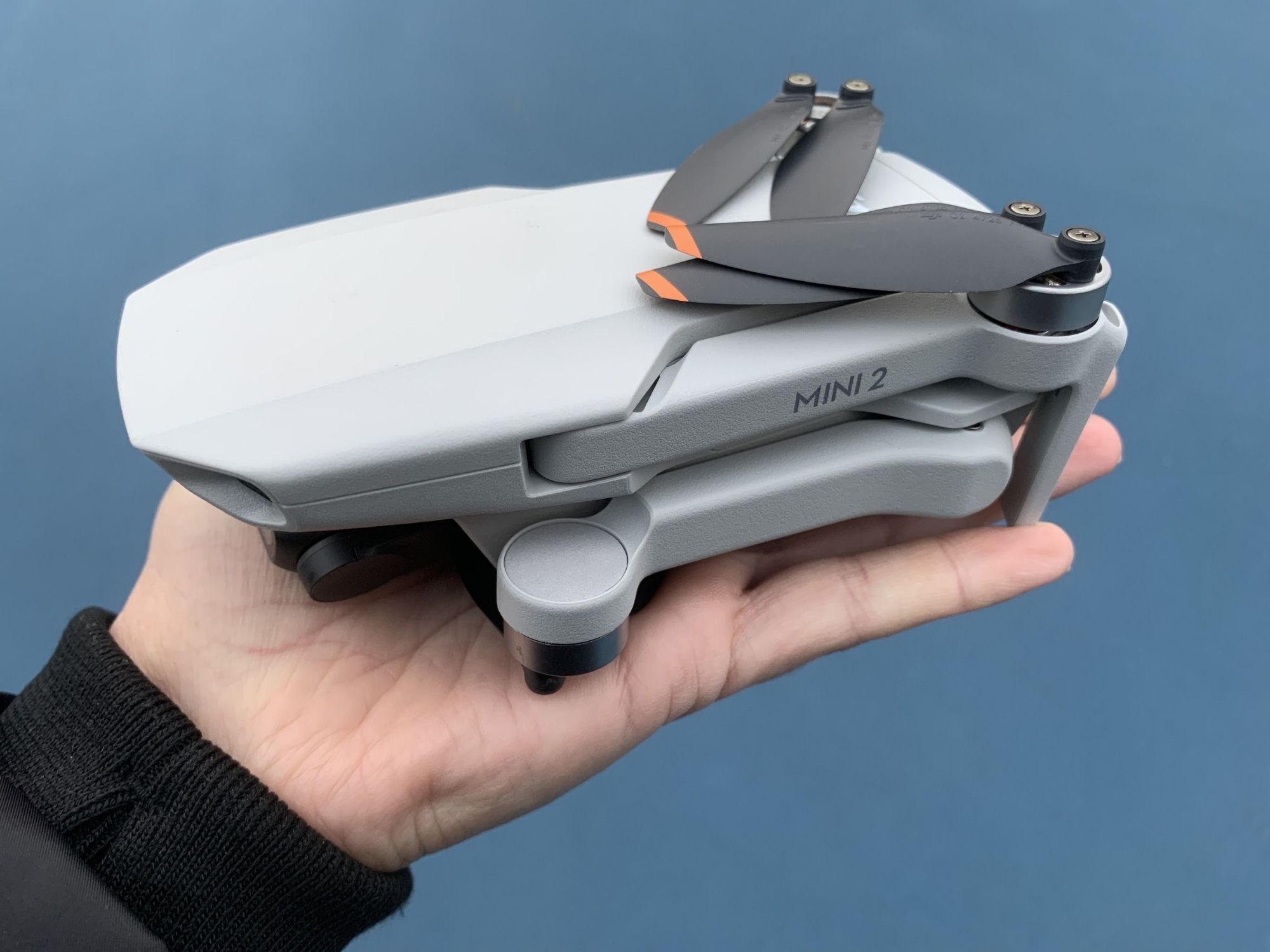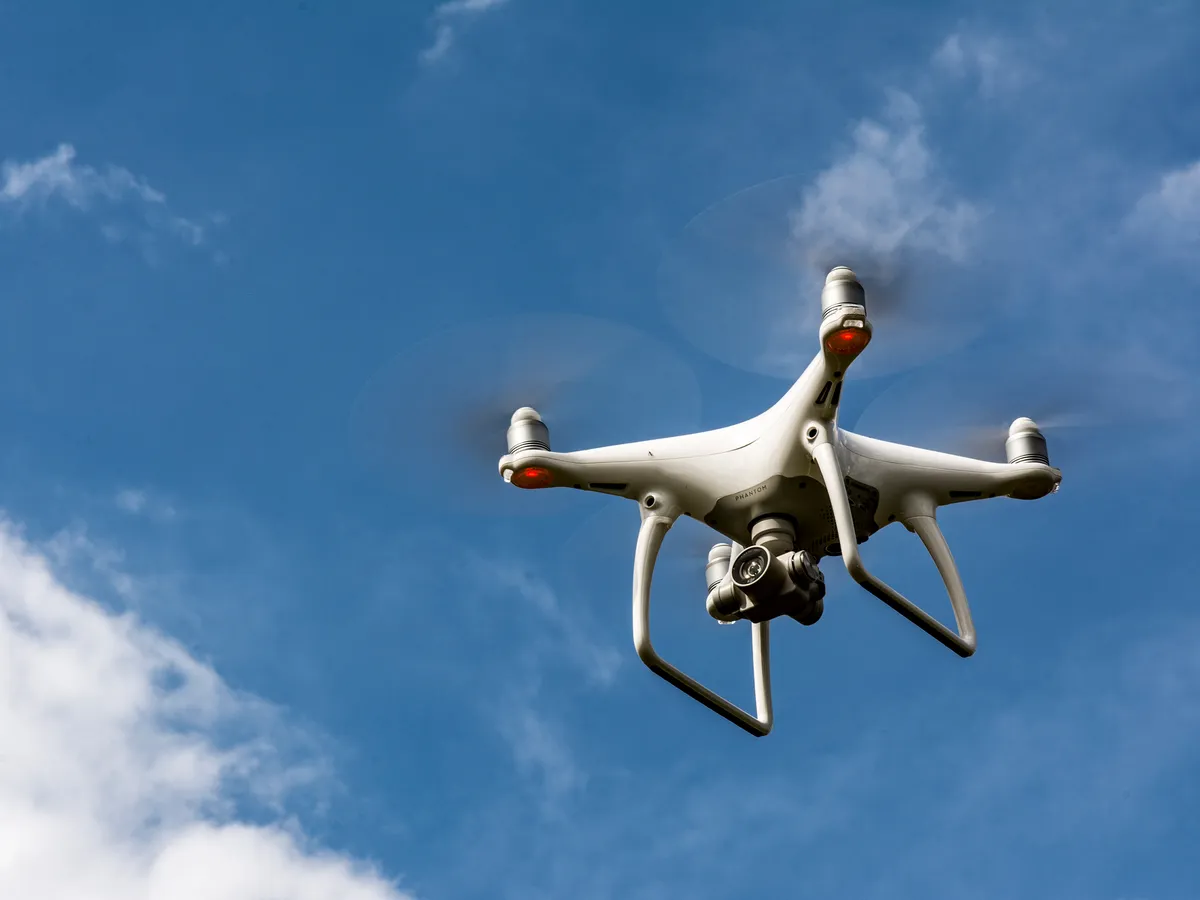Introduction
Drones have become increasingly popular in recent years, with applications ranging from aerial photography to package delivery. One crucial component that allows drones to fly and maneuver is the propellers. These rotating blades create a force that propels the drone forward and enables it to stay airborne. But have you ever wondered how fast drone propellers actually spin? In this article, we will explore the factors that influence propeller speed and the relationship between propeller size and spin rate.
Drone propellers are designed to generate lift and thrust, similar to the propellers on airplanes. However, unlike airplanes, which typically have a fixed wing configuration, drones rely on the propellers to control their motion in all directions. This allows drones to hover, ascend, descend, and perform various aerial maneuvers.
So how do drone propellers work? As the propellers spin, they create a pressure difference between the upper and lower surfaces of the blade. This pressure difference, known as lift, generates upward force that lifts the drone off the ground. The angle at which the propeller blades are tilted, called the pitch, determines the amount of lift that is produced. By adjusting the pitch, the operator can control the altitude and speed of the drone.
The speed at which drone propellers spin is influenced by several factors. These include the power output of the motor, the weight and size of the drone, the pitch of the propellers, and even external factors such as wind resistance. Understanding these factors is crucial for optimizing the performance of a drone and ensuring safe and stable flight.
Next, we will delve into the concept of RPM (Revolutions Per Minute) and how it is used to measure the speed of drone propellers. We will also explore the typical RPM range for drone propellers and the effects of increasing or decreasing the speed.
How do drone propellers work?
Drone propellers are essential components that allow drones to fly and maneuver in the air. These spinning blades work on the principle of aerodynamics to generate lift and thrust.
As the propellers rotate, they create a pressure difference between the upper and lower surfaces of the blades. The curved shape of the blades, known as the airfoil, helps to generate this pressure difference. The upper surface of the blade is often curved, while the lower surface is relatively flat. As a result, air flows faster over the curved upper surface, resulting in lower air pressure compared to the lower surface. This creates a force called lift.
The lift produced by the spinning propellers allows the drone to overcome the force of gravity and stay airborne. The angle at which the propeller blades are tilted, known as the pitch, determines the amount of lift generated. By adjusting the pitch, drone operators can control the altitude and speed of the drone.
In addition to lift, drone propellers also generate thrust. Thrust is the forward force that propels the drone through the air. The spinning propellers accelerate the air in the opposite direction of their rotation, creating a reaction force that moves the drone forward.
The speed at which the propellers spin affects both lift and thrust. When the propellers rotate faster, they generate more lift and thrust, allowing the drone to climb higher and move faster. Conversely, slowing down the propellers reduces lift and thrust, resulting in a decrease in altitude and slower movement.
It is important for drone operators to find the right balance in propeller speed to achieve optimal flight performance. Too slow, and the drone may struggle to maintain lift and stability. Too fast, and the drone may become unstable and challenging to control.
Furthermore, controlling the rotation of propellers also plays a crucial role in drone maneuverability. By adjusting the speed or direction of rotation of individual propellers, drones can make precise turns, hover, or perform other aerial maneuvers.
Understanding how drone propellers work is essential for drone pilots to operate their drones safely and effectively. By utilizing the principles of aerodynamics and propeller mechanics, pilots can optimize their drone’s performance and enjoy a smooth flying experience.
What factors affect the speed of drone propellers?
The speed at which drone propellers spin can be influenced by several factors. These factors play a significant role in determining the performance, stability, and maneuverability of the drone. Let’s take a closer look at some key factors that affect propeller speed:
1. Motor power: The power output of the motor that drives the propellers directly affects their speed. A more powerful motor can spin the propellers faster, resulting in increased lift and thrust. The motor’s power is typically measured in terms of its rotation speed or KV value, which represents the number of revolutions per minute (RPM) per volt supplied to the motor.
2. Drone weight and size: The weight and size of the drone can impact propeller speed. A heavier drone may require more power to spin the propellers at higher speeds, while a larger drone may have larger propellers that require more torque to accelerate. The weight and size of the drone should be balanced with the capabilities of the motor to achieve optimal propeller speed.
3. Propeller pitch: The pitch of the propellers, which refers to the angle at which the blades are tilted, affects the speed at which they spin. A higher propeller pitch will generate more lift but may require more power to sustain the rotation speed. Conversely, a lower pitch may result in faster propeller speeds but with reduced lift. Finding the right propeller pitch is crucial for achieving the desired balance between lift, thrust, and speed.
4. External factors: Environmental conditions such as wind resistance can also impact propeller speed. Strong winds can create additional resistance against the spinning propellers, potentially reducing their speed and overall performance. Drone pilots must consider these external factors and adjust their flight plans accordingly to ensure stable and controlled flight.
By understanding these factors, drone pilots can make informed decisions to optimize the speed of their propellers. Finding the right balance between motor power, drone weight, propeller pitch, and external factors is crucial for achieving optimal performance and enhancing the overall flying experience.
Understanding RPM (Revolutions Per Minute)
RPM, or Revolutions Per Minute, is a unit of measurement used to quantify the speed at which drone propellers spin. It refers to the number of complete rotations a propeller makes in one minute. Understanding RPM is essential for drone pilots and enthusiasts to gauge propeller performance and make informed decisions for optimizing flight.
RPM is typically measured using a tachometer or an onboard flight controller that can provide real-time data on propeller speed. This information is valuable for monitoring and adjusting the drone’s performance during flight.
The RPM range for drone propellers can vary depending on the specific model and application. Generally, drone propellers operate within the range of a few hundred to several thousand RPM.
Higher RPM indicates faster propeller rotation, potentially resulting in increased lift and thrust. This can allow the drone to fly at higher speeds or carry heavier payloads. However, it’s crucial to note that excessively high RPM can also lead to stability issues, increased noise, and excess strain on the motor and battery.
Conversely, lower RPM corresponds to slower propeller rotation, which can result in reduced lift and thrust. While lower RPM may be suitable for stable hovering or precise maneuvering, it may limit the overall speed and payload capacity of the drone.
Drone pilots must find the optimal RPM range that balances lift, thrust, stability, and power consumption based on their specific needs and flight scenarios.
It’s important to consider that changes in propeller pitch, motor power, and external factors can directly affect RPM. Increasing the propeller pitch, for example, can increase RPM at a given motor power, while a more powerful motor can generate higher RPM with the same propeller pitch.
Monitoring and understanding RPM is crucial for maintaining control and stability during flight. It allows drone pilots to assess propeller performance, make adjustments when necessary, and ensure that the drone operates within safe and efficient limits.
By analyzing RPM data and experimenting with different settings, drone pilots can unlock the full potential of their propellers and achieve the desired flight characteristics for their specific applications.
How fast do drone propellers spin?
The speed at which drone propellers spin can vary depending on factors such as motor power, propeller design, and the specific needs of the drone. Generally, drone propellers spin at speeds measured in revolutions per minute (RPM).
The typical RPM range for drone propellers is between 5,000 and 20,000 RPM. However, some specialized drones, such as racing drones, can have propellers that spin at even higher speeds, reaching up to 30,000 RPM or more.
The speed at which propellers spin directly affects lift and thrust. A higher RPM translates to faster propeller rotation, resulting in increased lift force and propulsion for the drone. This allows the drone to ascend quickly, reach higher speeds, or carry heavier payloads.
On the other hand, lower RPM corresponds to slower propeller rotation. While this may limit the overall speed and carrying capacity of the drone, it can be advantageous for stable hovering, precise maneuvers, or tasks that require a more controlled and slower flight.
It is essential for drone pilots to understand the RPM capabilities of their drones and select propellers and motor combinations that are suitable for their intended use. Each drone model and propeller size may have different optimal RPM ranges, which can significantly impact flight performance.
Furthermore, it’s crucial to strike a balance between speed and stability. Excessively high propeller speeds can lead to instability, reduced control, and premature wear on the motor and battery. Conversely, propellers spinning too slowly may struggle to generate sufficient lift, limiting the drone’s overall performance.
Drone manufacturers usually specify the recommended RPM range for their drones, providing guidance for pilots to optimize their flight experience. It is advisable to follow these recommendations and consult the drone’s user manual for specific details regarding the propeller speed requirements.
By understanding the desired speed range and working within the specifications of the drone and propellers, pilots can ensure safe, controlled, and efficient flight operations.
Can you increase the speed of drone propellers?
Yes, it is possible to increase the speed of drone propellers through various means. By increasing the propeller speed, you can enhance the lift, thrust, and overall performance of the drone.
One way to increase propeller speed is by using a more powerful motor. The motor is responsible for spinning the propellers, and a higher RPM motor will rotate the propellers at a faster rate. Upgrading to a motor with a higher KV (Revolutions per Volt) value can achieve this. However, it’s important to ensure that the motor and drone frame can handle the increased power requirements and potential heat generation.
Modifying the propeller pitch is another method to increase propeller speed. By adjusting the angle of the propeller blades, you can change the amount of lift and thrust generated. Increasing the pitch can result in a faster spin of the propellers, thus increasing speed. However, it’s crucial to find the right balance, as excessive propeller pitch can lead to instability and reduced efficiency.
Reducing the weight of the drone can also contribute to increasing propeller speed. Lower weight means less overall drag, allowing the propellers to spin more freely and achieve higher RPM. Removing unnecessary accessories or opting for lightweight materials in the drone construction can help reduce the overall weight and increase propeller speed.
It is worth mentioning that increasing propeller speed requires careful consideration and attention to safety. Higher propeller speeds can generate more noise, increase power consumption, and put additional strain on the motor and battery. It is essential to ensure that the drone components can handle the increased demands and that flight control remains stable and controllable.
Lastly, it’s important to note that increasing propeller speed may affect flight time. Higher RPM typically results in higher power consumption, reducing the overall battery life. Pilots should consider this trade-off and plan their flights accordingly, considering the desired speed, flight duration, and mission requirements.
Overall, increasing the speed of drone propellers is possible through motor upgrades, adjusting propeller pitch, reducing weight, and careful consideration of safety and flight time. It allows pilots to push the performance boundaries of their drones, providing faster speeds and enhanced maneuverability for various applications.
The relationship between propeller size and speed
The size of drone propellers plays a significant role in determining the speed at which they spin and the resulting performance of the drone. The relationship between propeller size and speed is a crucial consideration for drone pilots when seeking the optimal balance between efficiency, stability, and maneuverability.
In general, larger propellers have the potential to achieve higher speeds compared to smaller propellers. This is because larger propellers can move more air with each rotation, generating greater lift and thrust. However, it’s important to note that other factors, such as motor power and weight, also influence propeller speed.
Larger propellers are typically used on drones designed for heavy lifting or long-range applications. These drones require more lift and thrust to carry payloads or travel longer distances. The larger surface area and increased air displacement of larger propellers allow for greater efficiency in generating the necessary force.
On the other hand, smaller propellers are commonly found on smaller drones or those designed for agility and speed. The reduced size of the propellers results in less air displacement, limiting the maximum speed that can be achieved. However, smaller propellers tend to be more responsive and agile, enabling the drone to perform quick maneuvers and change direction rapidly.
It’s important to note that propeller size should be carefully matched to the capabilities of the motor and the overall weight of the drone. Using propellers that are too large for the motor’s power output may result in poor performance, reduced flight time, or even motor overheating. Conversely, using propellers that are too small may not provide sufficient lift and thrust, limiting the drone’s capabilities.
Drone manufacturers often provide recommended propeller sizes for their specific models, taking into account factors such as motor power, frame design, and flight characteristics. Following these recommendations ensures that the drone operates within safe and efficient limits, achieving the desired speed and performance.
It’s worth mentioning that propeller size selection is not solely determined by speed. Other factors, such as flight duration, noise levels, maneuverability, and operating conditions, should also be considered. Each drone model and application may have unique requirements, and finding the right balance between propeller size and speed is essential for achieving optimal performance and suitability for the intended use case.
In summary, the relationship between propeller size and speed is complex and dependent on various factors, including motor power, weight, and drone design. Finding the appropriate propeller size for a given drone model and application is crucial to achieve the desired balance of lift, thrust, efficiency, maneuverability, and speed.
The impact of propeller materials on spin speed
The choice of propeller materials can have a significant impact on the spin speed of drone propellers. Different materials possess varying characteristics that can affect the overall performance, efficiency, and durability of the propellers.
One common material used for drone propellers is plastic, specifically composite plastics such as nylon or ABS (Acrylonitrile Butadiene Styrene). Plastic propellers offer several advantages, including being lightweight, affordable, and easy to manufacture. However, plastic propellers are generally not as rigid as other materials, which can result in increased flex and inefficiency at higher speeds. This can limit the maximum spin speed that plastic propellers can achieve.
Carbon fiber propellers are another popular choice for drone enthusiasts. Carbon fiber is incredibly lightweight, rigid, and durable, making it an excellent material for propellers. Carbon fiber propellers can achieve higher spin speeds due to their increased rigidity, allowing for greater control and performance. However, carbon fiber propellers tend to be more expensive compared to plastic ones.
Another material that is gaining popularity for drone propeller construction is fiberglass. Fiberglass propellers offer a good balance between sturdiness, lightweight, and cost-effectiveness. They provide a stronger and stiffer alternative to plastic propellers, resulting in increased spin speed potential while maintaining good durability.
Metal, such as aluminum or titanium, is also utilized for some high-performance drone propellers. Metal propellers are exceptionally rigid and can withstand high spin speeds without flexing. However, they tend to be heavier than other materials, which may require more power from the motor to achieve the desired speeds.
It’s important to consider that propeller material choice should be based on the specific needs and requirements of the drone. Factors such as flight purpose, motor power, drone weight, and environmental conditions should be taken into account when selecting propeller materials.
It’s worth noting that the design and manufacturing quality of the propellers also play a significant role in spin speed. Factors such as blade shape, angle, and balance can influence performance and speed. Even with the same material, propellers from different manufacturers may have varying spin capabilities.
Understanding the impact of propeller materials on spin speed allows drone pilots to make informed decisions for achieving the desired flight performance. By considering factors like weight, rigidity, durability, and cost, pilots can select the appropriate propeller materials that best suit their needs and optimize the drone’s overall performance.
Conclusion
Drone propellers are vital components that greatly influence the flight performance and capabilities of drones. Understanding how propellers work, the factors that affect their speed, and the relationship between propeller size and materials is crucial for optimizing drone performance and achieving the desired flight characteristics.
The speed at which drone propellers spin, measured in RPM, directly impacts lift, thrust, stability, and maneuverability. Finding the ideal propeller speed is a delicate balance, considering factors such as motor power, propeller pitch, and external conditions.
The size of the propellers has a significant impact on speed, with larger propellers generally capable of achieving higher RPM for greater lift and thrust. Smaller propellers, on the other hand, offer agility and maneuverability at the expense of reduced top speed.
Propeller material choice is crucial, with different materials offering unique characteristics. Plastic propellers are lightweight and affordable but may have limitations in achieving higher spin speeds due to their flexibility. Carbon fiber and fiberglass propellers provide enhanced rigidity and performance, but at a higher cost. Metal propellers offer unmatched rigidity but may be heavier and require more power.
In conclusion, understanding the factors that affect propeller speed and the relationship between size and materials allows drone pilots to make informed decisions when selecting propellers. By considering the specific needs of their drones, pilots can optimize performance, stability, and maneuverability to achieve their desired flight experience and successfully accomplish their aerial missions.







